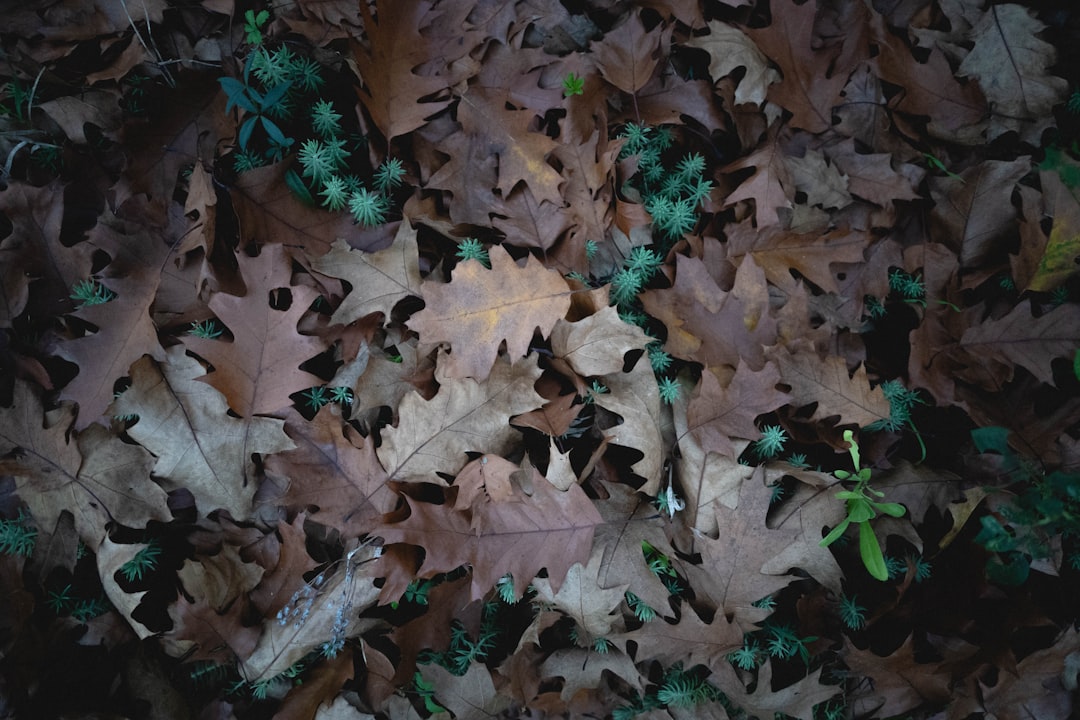Unveiling the Magic of Fall - Planted Bulbs for a Colorful Spring Garden

Fall is a magical time in the gardening world, especially when it comes to planting bulbs that will burst into a riot of colors come spring. These easy - to - grow types of bulbs are nature's promise of a beautiful and vibrant garden after the long, cold winter. Let's explore some of the best bulbs to plant in the fall and how to ensure they thrive.
One of the most popular bulbs for fall planting is the tulip. Tulips come in a wide range of colors, from the classic reds and yellows to more exotic purples and pinks. They are relatively easy to plant. First, choose a location in your garden that receives full sun or partial shade. The soil should be well - drained, as tulip bulbs can rot in waterlogged soil. Dig a hole about 6 - 8 inches deep and place the bulb with the pointed end up. Space the bulbs about 4 - 6 inches apart. After planting, cover the bulbs with soil and water them thoroughly. In the spring, you'll be rewarded with tall, elegant blooms that add a touch of sophistication to your garden.
Daffodils are another excellent choice for fall bulb planting. These cheerful flowers are known for their bright yellow or white petals and trumpet - shaped centers. Daffodils are not only beautiful but also deer - resistant, which is a major plus for many gardeners. Similar to tulips, daffodil bulbs need well - drained soil and a sunny or partially shaded spot. Plant them about 6 inches deep and 4 - 6 inches apart. Once they start blooming in the spring, they'll bring a sense of joy and renewal to your outdoor space.
Hyacinths are highly fragrant bulbs that are perfect for adding a sweet smell to your garden. They come in various colors such as blue, purple, pink, and white. Hyacinths prefer full sun and well - drained soil. Plant the bulbs about 4 - 6 inches deep and 3 - 6 inches apart. Their dense clusters of flowers make them a great addition to flower beds or containers. When they bloom in the spring, the fragrance will waft through the air, creating a pleasant and inviting atmosphere.
Crocuses are some of the earliest spring bloomers. These small, cup - shaped flowers are often the first sign that winter is coming to an end. They come in a variety of colors, including purple, white, and yellow. Crocus bulbs are very easy to plant. You can plant them in lawns, rock gardens, or along pathways. Dig a hole about 3 - 4 inches deep and place the bulb in it. Space them about 2 - 3 inches apart. Once they bloom, they'll carpet the ground with their colorful flowers, creating a stunning visual display.
When it comes to caring for these fall - planted bulbs, it's important to keep the soil moist but not overly wet during the fall. After the first hard frost, you can add a layer of mulch to protect the bulbs from extreme cold. In the spring, as the bulbs start to grow, you can fertilize them with a balanced fertilizer to encourage healthy growth and more abundant blooms. Deadhead the flowers after they fade to prevent the plant from using energy to produce seeds. This will allow the bulb to store more energy for the next year's growth.
Another aspect to consider is bulb combination. You can create a more visually appealing garden by planting different types of bulbs together. For example, you can plant early - blooming crocuses in front of later - blooming tulips. This way, you'll have a continuous display of flowers throughout the spring. You can also mix different colors of the same type of bulb to create a more dynamic and interesting look.
In conclusion, fall is the perfect time to plant bulbs that will transform your garden into a colorful paradise in the spring. Whether you choose tulips, daffodils, hyacinths, crocuses, or a combination of them all, these easy - to - grow bulbs will bring beauty, fragrance, and a sense of renewal to your outdoor space. So, grab your gardening tools and get started on planting these wonderful bulbs today!